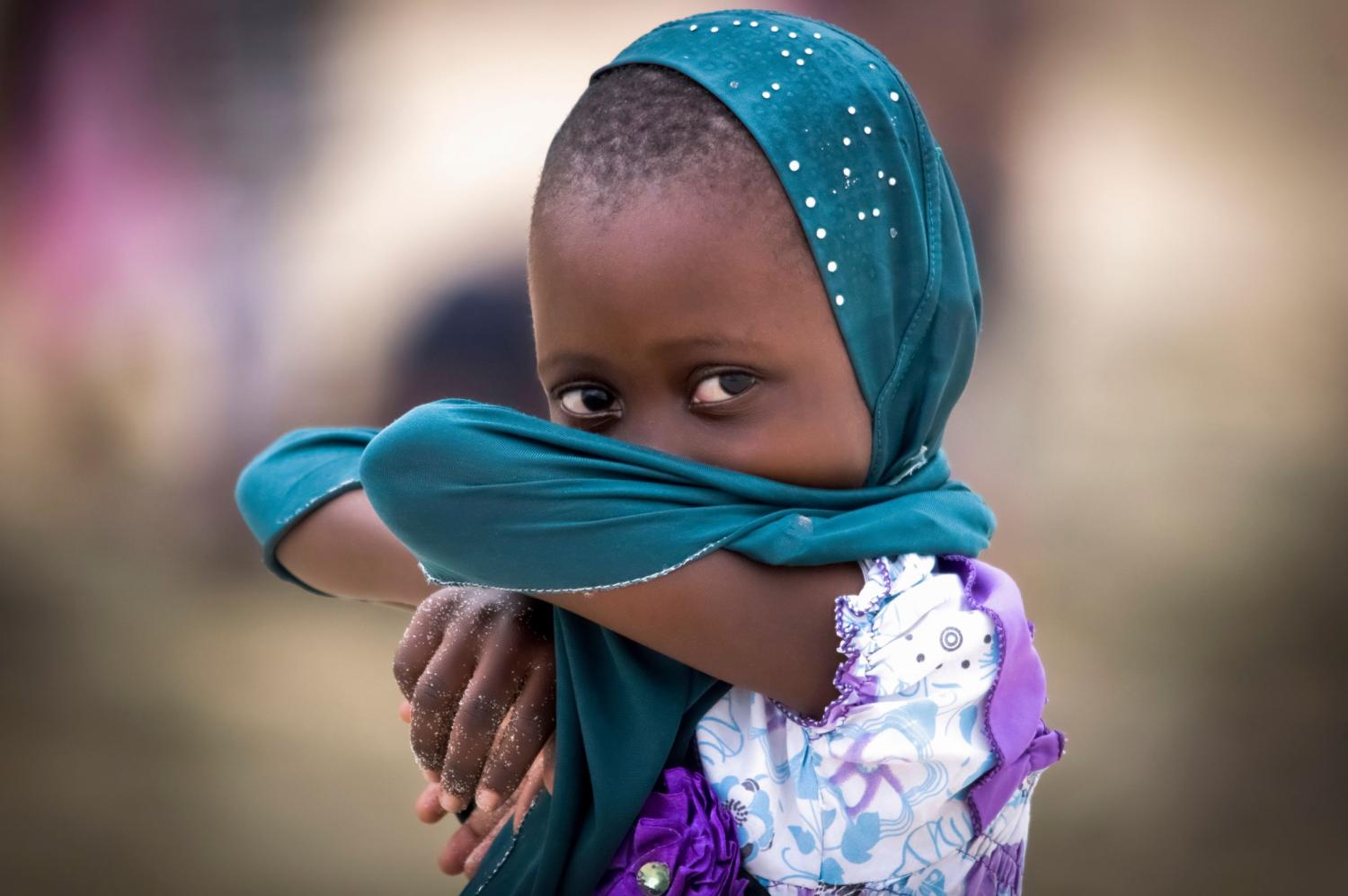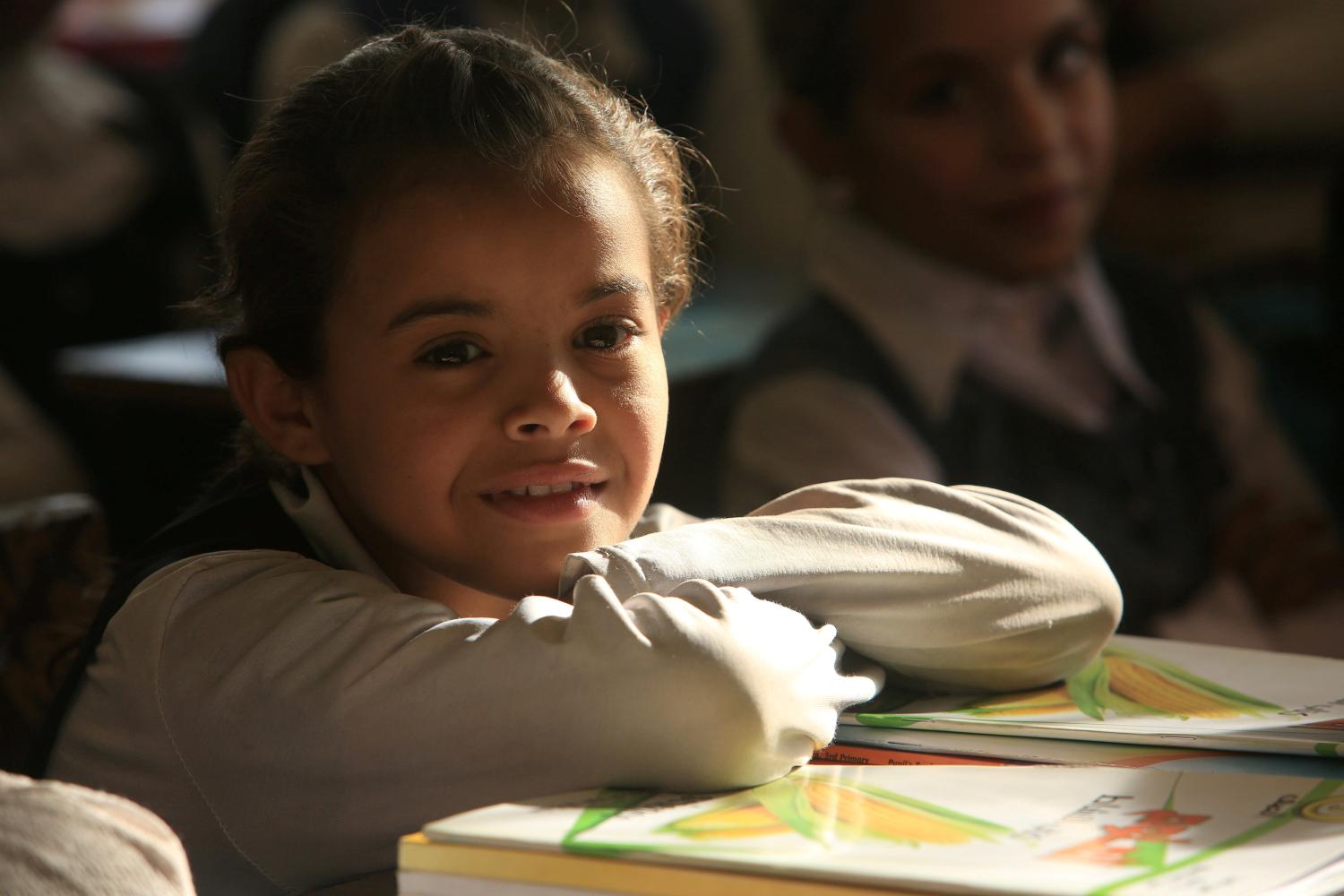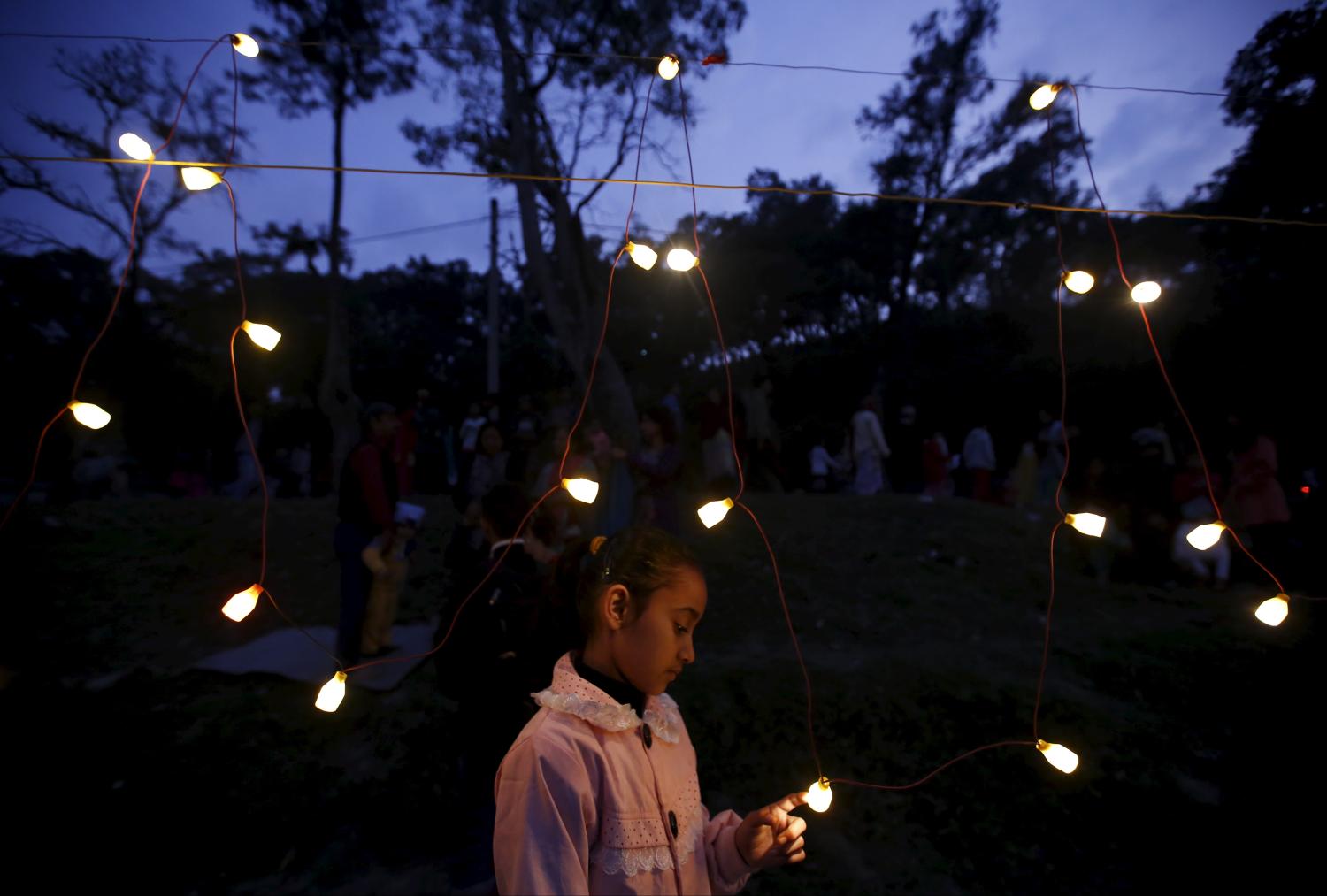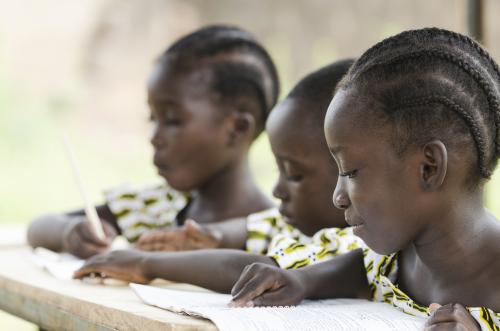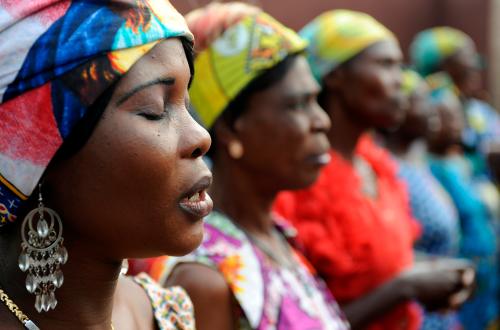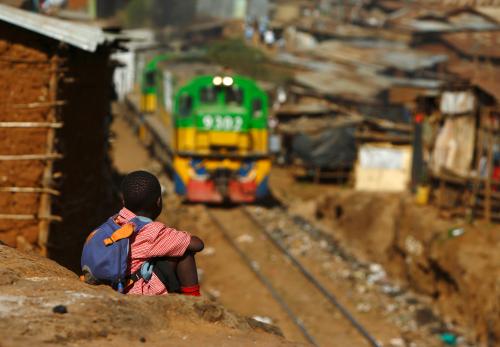The following is part of a series of briefs from Echidna Global Scholar alumni looking at school-related gender-based violence in primary schools. A longer policy brief synthesizing the cross-country findings is forthcoming.
Introduction
Empirical evidence indicates that school-related gender-based violence (SRGBV) affects millions of children and adolescents worldwide. It is one of the worst manifestations of gender discrimination and violates a wide range of children’s rights. Education is critical in empowering and transforming the lives of young people, especially girls, yet widespread gender-based violence (GBV) in and around schools seriously undermines the achievement of high-quality, inclusive, and equitable education for all children.
The prevalence of multiple types of violence against children, both within and outside Kenyan schools, continues to be a major concern. The 2019 Kenya Violence Against Children Survey (VACS) found that 49 percent of girls and 48 percent of boys aged 13–17 years had experienced physical violence, and 11 percent of girls and 4 percent of boys indicated that they had experienced sexual violence.
When GBV is tolerated and condoned at school, there are broader societal consequences on gender equality. Victims feel less able to act, and perpetrators may feel immune. These feelings and harmful behaviors go beyond the school setting and help to perpetuate inequality and GBV more widely in society.
As a signatory to the 1989 U.N. Convention on the Rights of the Child, the government of Kenya formally established the imperative of child protection and school safety through several legislative and policy measures:
- The Children’s Act (2001, revised in 2012) prohibits the discrimination, torture, cruel treatment, sexual exploitation, and physical punishment of children, and highlights children’s right to protection from physical and psychological abuse, neglect, and all forms of violence.
- The Ministry of Education’s Gender Policy in Education (2007) acknowledges the risks girls have long faced in schools by promoting measures to eradicate the array of factors—including sexual harassment and discrimination, gender stereotyping in learning materials and pedagogy, and negative socio-cultural practices and attitudes—that have long undermined girls’ access to education and inhibited their learning.
- The Kenya Sexual Offences Act (Act No. 3 of 2006), in tandem with the Gender Policy in Education (2007), were endorsed by the Teacher Service Commission, Kenya’s accreditation body for the teaching profession.
- The Basic Education Act (Act No. 14 of 2013), which asserts the constitutional right of every child to free basic education, stipulates the imperative of eliminating gender discrimination and abolishing corporal punishment in schools.
Despite the existing frameworks put in place by the Kenyan government and the central bodies of the national education system, the prevalence of bullying and sexual violence in schools reveals that these legislative and policy measures are not being effectively enforced.
This study also found out that even school pupils who were not the direct victims of violence appeared to have been affected by an atmosphere that undermines their learning and their sense of safety. Many children’s performance at school may suffer as a result of GBV distress, potentially leading them to stay away from school completely.
The Brookings Institution is committed to quality, independence, and impact.
We are supported by a diverse array of funders. In line with our values and policies, each Brookings publication represents the sole views of its author(s).

